Introduction
Virtual Prototypes have been made possible by advances in many disciplines. They make the traditional Research and Development practice of building physical prototypes obsolete. I will explain what a Virtual Prototype is and why you need to give using them some serious consideration.
Virtual Prototypes
Virtual Prototypes are software simulations of real physical systems and devices. Simulations of various phenomena began the moment computers materialized. They perform the computations humans are unable to accomplish. I remember going from a slide rule to one of the first calculators. I used it to accelerate engineering design and minimize mathematical errors. This calculator was programmable, but tedious being similar to machine language. It amplified my design work by orders of magnitude. Then, the Apple IIe came out. I moved immediately into basic programming and made engineering programs that allowed me to dramatically increase the complexity of the designs. After that, the IBM XT came out after which the IBM AT followed. The IBM AT had transformed engineering design into serious computing for the general population and changed the world of engineering design forever.
One of the first major achievements was Berkeley SPICE for circuit simulation. A circuit simulation could be created on the computer using text files, values assigned to the components and run. Both transient and steady state solutions could be graphed within minutes. Prior to this, we could spend months building, testing and modifying circuits on the bench, which was also exceedingly expensive. That simply does not happen anymore. Today, everything is graphical with computer generated schematics and arbitrarily selected voltages and currents throughout the circuit displayed as a function of time on the monitor. I would never ever dream of building any circuit without first simulating it.
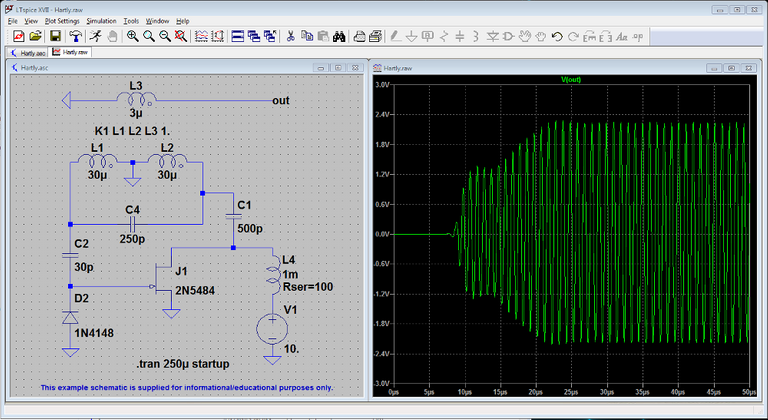
After an early circuit simulation and prototype was hard wired, a formal schematic was drawn on velum. Any changes could be quite difficult at this point. The corresponding circuit board was laid out from the schematic on a drawing board and then cut with an x-acto knife on Rubylith. From the Rubylith master, a photographic negative was made using a camera. This was how the early circuit boards were made. Today, the PCB is laid out on a monitor that can be modified at will, using Computer Aided Design software. The PCB etch artwork is generated by a printing processes, such as a laser printer with sheets of clear acrylic. The PCB artwork can be easily modified and turned around within hours instead of days or weeks. One person with a computer replaced several artists, engineers and technicians.
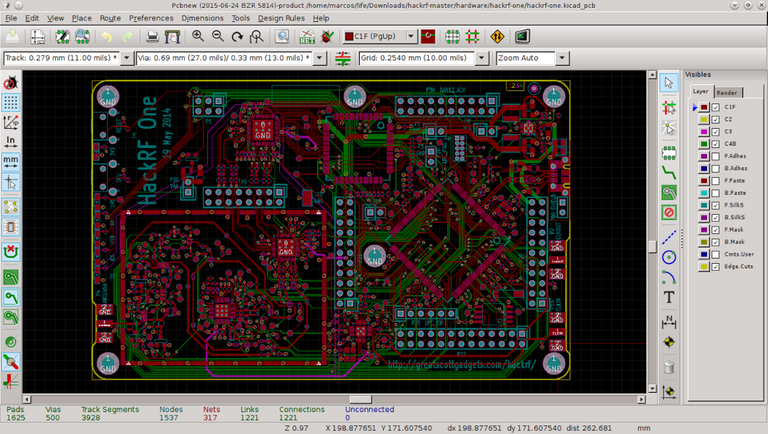
Computer Aided Design, such as Autocad and other mechanical drawing packages, first appeared around this time. Drawing boards, easels and related hand tools all but disappeared. Any drawing changes on velum took copious time. Copies were Blueprints made from a single master drawing. The PC changed all of that. Once all drawings became digitized, they were easily modified, archived, reproduced and transmitted.
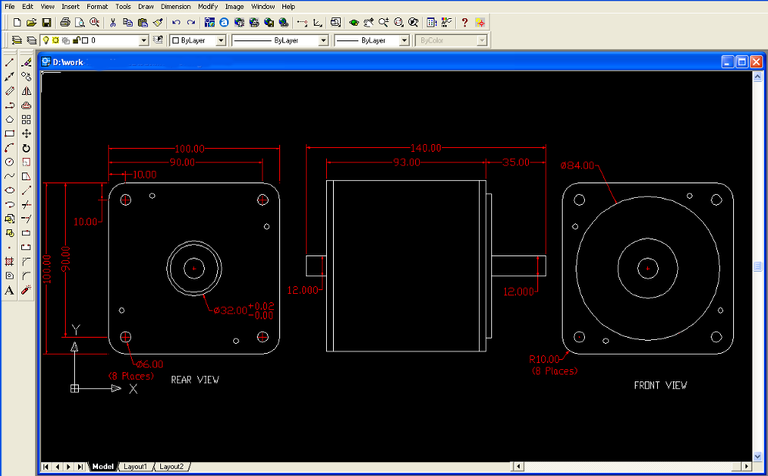
Solving real world magnetic field design problems could not usually be modeled by hand. There were many approximation formulas, but nothing really very accurate. Finite element matrix solutions on a computer was like going from the stone age to the space age in one single step. It was that dramatic; everything had just changed.
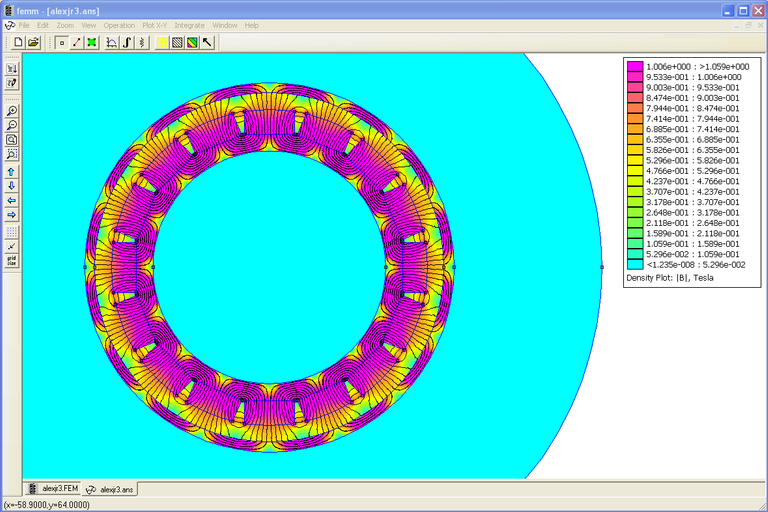
Now, we are taking the next big step that brings all of the various simulations together. This is Virtual Prototyping. The first electric motors I made were all machined in model shops at great expense. It took weeks, sometimes months, to get a single small electric motor built from blueprints. Even after the entire process was digitized, the prototype still had to be machined. Even small mistakes were expensive to fix and created large time delays at additional expense. The Virtual Prototype obviates the need for a series of physical prototypes and the resulting physical device is more accurately called a preproduction model.
“Today, manufacturers are under pressure to reduce time to market and optimize products to higher levels of performance and reliability. A much higher number of products are being developed in the form of virtual prototypes (VP) in which engineering simulation software is used to predict performance prior to constructing physical prototypes. Engineers can quickly explore the performance of thousands of design alternatives without investing the time and money required to build physical prototypes. The ability to explore a wide range of design alternatives leads to improvements in performance and design quality. Yet the time required to bring the product to market is usually reduced substantially because virtual prototypes can be produced much faster than physical prototypes.” [1]
Physics Engines
“A physics engine is computer software that provides an approximate simulation of certain physical systems, such as rigid body dynamics (including collision detection), soft body dynamics, and fluid dynamics, of use in the domains of computer graphics, video games and film. Their main uses are in video games (typically as middleware), in which case the simulations are in real-time. The term is sometimes used more generally to describe any software system for simulating physical phenomena, such as high-performance scientific simulation. “ [2]
The GPU is the new work horse of the physics engine. It is hundreds of times faster than a CPU. It has thousands of specialized cores as compared to a CPU, which can have up to 24 cores at this time. The GPU was specifically designed to handle physics problems in software games rendering moving objects in real time. Throw a ball in a game and the GPU actually computes the physical trajectory while you are playing in real time. In contrast, the CPU handles floating point math in software (very slow), while the GPU handles floating point math in hardware being orders of magnitude faster. It resembles the numeric processor added to the early CPUs, such as the Intel 486; I still have a working machine running DOS 6.22.
The modern physics engine now handles electromagnetics, mechanics, thermodynamics, optics, fluid flow, elementary particle physics, etc. and complex combinations of all of them integrated like modules into a single simulator. An electric motor can be drawn in something like Autocad, the 3D drawings imported into the simulator, properties assigned to all of the materials, initial conditions set and the simulation executed. The Virtual Prototype electric permanent magnet motor runs just like its real physical counterpart except in a Virtual Space or simulation. When the actual physical machine is finally constructed, its operational performance can be within a few percent of the simulated model, depending upon the skill of the developers.
Simulation Models
The easiest way to get a grasp on the shear power of the Virtual Prototype is to examine a cut away view of an electric motor, including the bearings, the housing, a fan and all of the wiring. The image shows a thermal gradient, but a dynamic magnetic gradient can be selected as well as the thermal air flow over the device. The rotor and fan in this Virtual Prototype actually rotate. The air actually flows over the device. And, the bearings act like bearings.
Any cross section of the electric motor can be taken showing mechanical stresses, magnetic gradients, thermal gradients and other phenomena, such as expansion and contraction of the materials during operation. Some of the physical phenomena, such as stress, may be impractical to measure in the real physical device, but are easily calculated in the Virtual Prototype. Actual speed-torque curves can be generated from the model. Application of a simulated driving circuit allows the engineer to examine the performance of the machine without ever building it.
Examples of apparatus that can be modeled are endless, such as Radio Frequency (RF) antennas, RF stripline PCBs populated with accurate semiconductor models, vacuum deposition chambers, photomultiplier tubes, vacuum tubes, semiconductors, liquid crystal displays, combustion engines, optical devices, ray optics and much more. If the device can be defined with existing physics, it can be modeled as a Virtual Prototype.
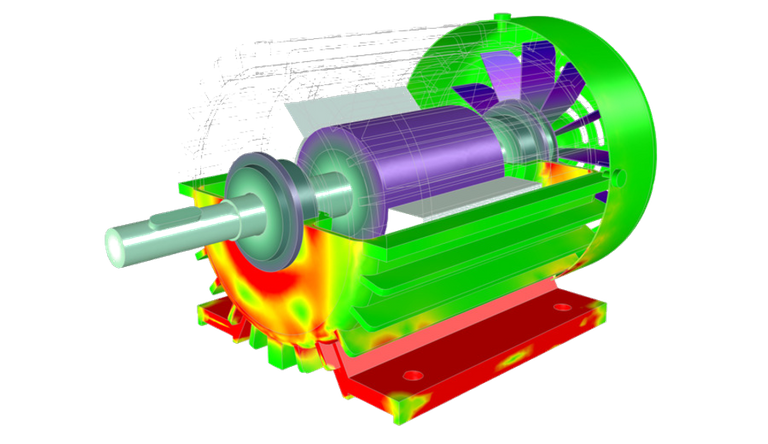
Expensive Software
Yes, this kind of software is expensive and so is the associated computing hardware. It is way outside the budget of most people and usually only affordable by corporations. As stated earlier, the cost and time savings are enormous, not to mention the technical advantages not realistically achievable in physical prototype development. Any mistakes made in the design show up early in a Virtual Prototype without associated hidden costs and wasted time and material. Design weaknesses are easily discovered which could mitigate any legal exposure due to product liability.
The bottom line is, if your competitor is using Virtual Prototypes and you are not, you cannot compete. It is really that simple.
References:
Congratulations @jrmagnetics! You have completed the following achievement on the Steem blockchain and have been rewarded with new badge(s) :
Click here to view your Board
If you no longer want to receive notifications, reply to this comment with the word
STOPDo not miss the last post from @steemitboard: